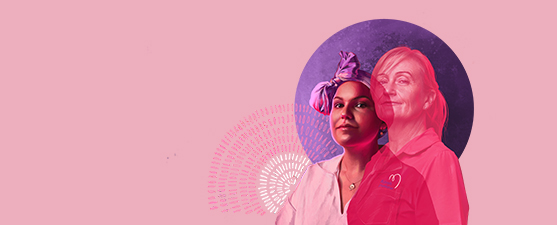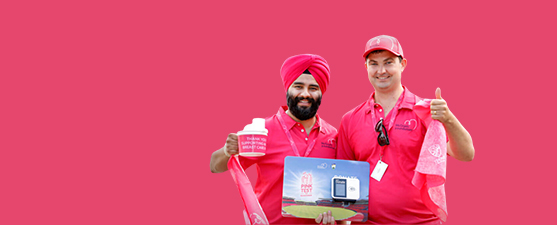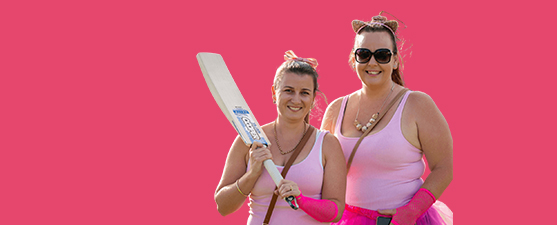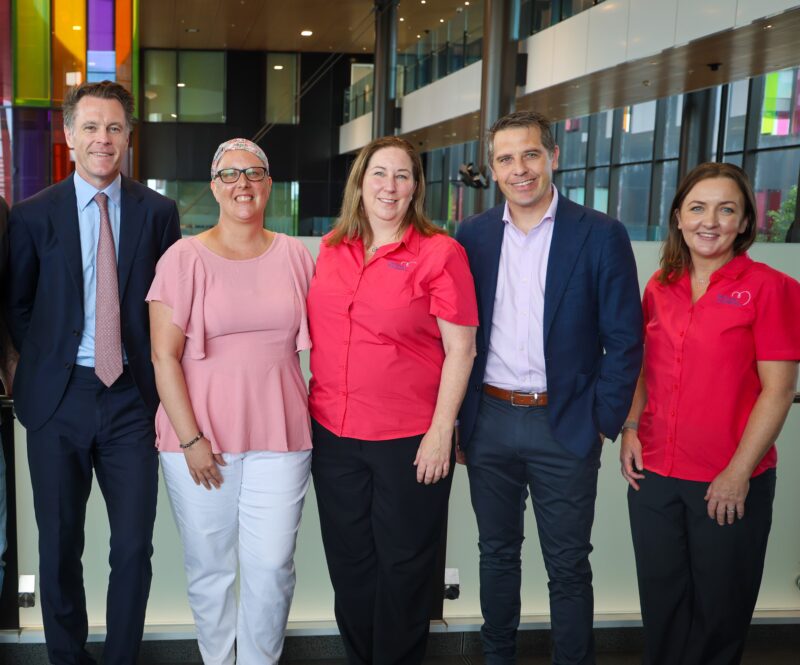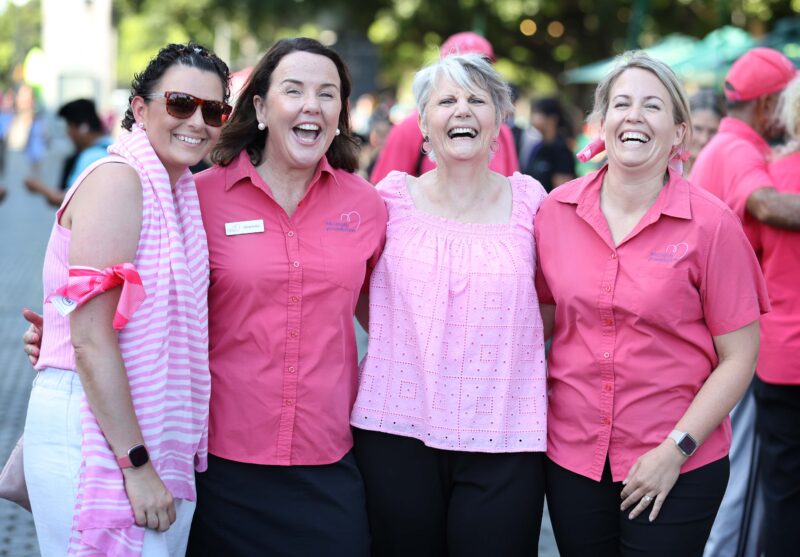Australia has a critical gap in breast care nursing services which is set to widen by 38 per cent in the next five years, the McGrath Foundation announced today.
Australia currently has a shortfall of 79 breast care nurses nationally
By 2020, 47 Australians will be diagnosed with breast cancer every day
There will be a shortage of 109 breast care nurses by 2020 ‘ a 38 per cent increase on today’s shortfall
Research by Australian Health & Hospital Association (AHHA) and the McGrath Foundation has found increasing breast cancer incidence, a surge of people living with breast cancer, an ageing population and increased patient contacts means the demand for breast care nurses is far outstripping supply.
The 10 month study, compiled in the McGrath Foundation’s report Keeping Abreast of Future Need: the Growing Demand for Breast Care Nurses, and released to coincide with the Foundation’s 10th Anniversary, found while there is a shortage of 79 breast care nurses required today, this is projected to grow to a shortage of 109 by 2020.
John Boyages, Professor of Breast Oncology, Faculty of Medicine and Health Sciences, Macquarie University said, ‘Although breast cancer mortality rates are decreasing, more people are being diagnosed and living longer with the disease.
‘Not only do breast care nurses support the patient and their families, they also reduce the burden on the health system by limiting unnecessary admissions to emergency departments and supporting oncologists and surgeons in their treatment of patients.’
It has been predicted that by 2017 there will be 209,200 women living with a previous breast cancer diagnosis, many of whom will require treatment or post-treatment monitoring and related care ‘ provided by breast care nurses.[1]
Although overall there is a gap across the nation, the research also highlights key hotspots where breast care nursing services are required. Western Sydney, Nepean Blue Mountains, Northern Adelaide, Eastern Melbourne, South Eastern Melbourne, Northern Sydney and Far North Queensland have been identified as areas of greatest need.
McGrath Foundation CEO Petra Buchanan said; ‘For the past decade the McGrath Foundation has placed breast care nurses in communities across Australia. While we are immensely proud of what we have achieved our tenth anniversary provides the opportunity to highlight the future nursing need.
‘Our report Keeping Abreast of Future Need: the Growing Demand for Breast Care Nurses goes beyond compiling the incidence and mortality, it examines the way that breast care nurses deliver care which allows us to better understand the gaps related to the breast cancer workforce and plan for future services.
‘However, this shortage burden is too large for us to carry alone. We must continue to work collaboratively with health services and the government to ensure Australian patients facing breast cancer have access to the best specialised care.’
The McGrath Foundation currently has 105 McGrath Breast Cancer Nurses across Australia representing 38 per cent of the national breast care nursing community. Funding these nurses costs $13.3 million per year.
‘We are focused on creating new breast care nurse positions and supporting more families through increased fundraising, but we will need the support of government, corporations, businesses, and individual donors to make this possible,’ Ms Buchanan said.
Keeping Abreast of Future Need: the Growing Demand for Breast Care Nurses encompassed both qualitative and quantitative research. It was commissioned by the McGrath Foundation and conducted by Australian Health & Hospital Association (AHHA) over a ten month period from October 2014 to August 2015.
